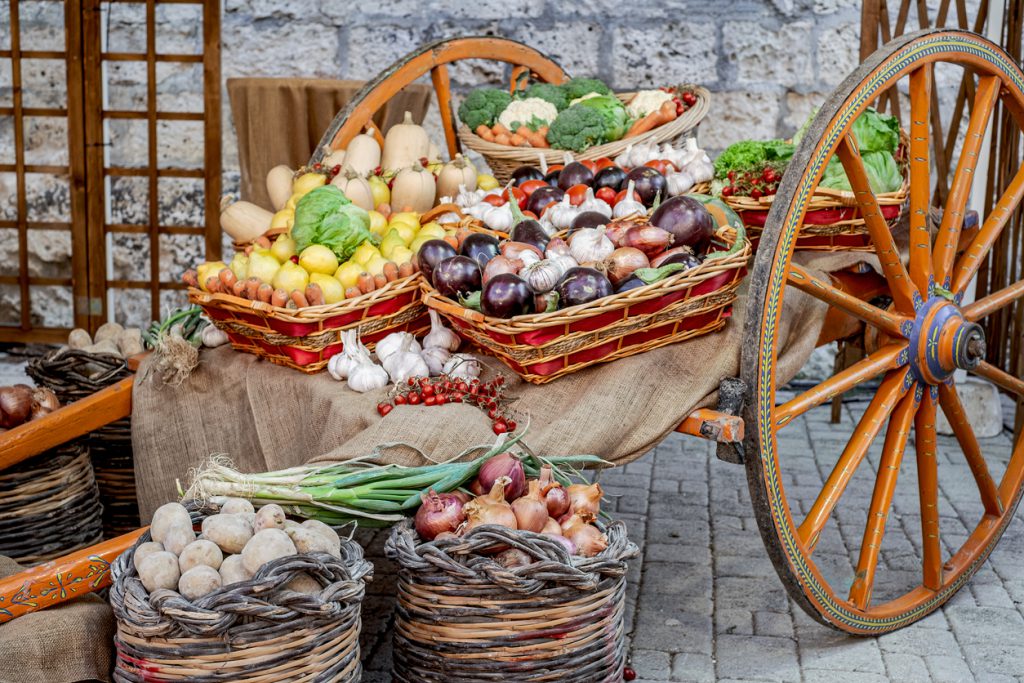Census exposes rapid decline of Malta agricultural industry

Malta’s agricultural industry has continued its decline in the last decade with the number of holdings falling by a sixth while the area of arable land no longer being cultivated increased by almost one half.
These trends emerged from the results of 2020 Census of Agriculture which were published by the National Statistics Office. This exercise is carried out at the start of every decade with the aim of taking stock of the activities that are carried out by the agricultural holdings engaged in local agriculture; as well as to analyse the changes that this sector may have undergone over this span of time. The results of the Census are indeed intended to identify and address specific issues through tailor-made policy measures that concern this sector; as well as for any planning and support purposes that might be necessary along the years.
The main findings
- Over the last decade, there was an across-the-board decrease in almost all the statistical indicators that were covered in the last census. In fact, the number of agricultural holdings engaged in agricultural activities decreased by 16.2% from 12,268 units in 2010 to 10,281 in 2020.
- The utilised agricultural area declined by 6.2% from 11,445 hectares in 2010 to 10,731 hectares in 2020, while the unutilised agricultural area increased by 43.0 %, from 242 hectares in 2010 to 346 hectares in 2020.
- The agricultural labour force declined by 26.7%, from 18,212 persons in 2010 to 13,341 persons in 2020, although those who worked more than 1,800 hours during the reference year, increased by 38.2%, from 1,300 persons in 2010 to 1,797 persons in 2020.
- Livestock data collected in the Census showed that there was a decline of 43.2% in the pig’s population, 30.8% in rabbits breeding females population, 35.5% in the rearing of poultry intended for meat production and 7.9% in the
- number of cattle. On the contrary, however, the number of reared sheep, goats and laying hens increased by 36.3, 31.5 and 12.6% respectively.
- Over the same 10-year period, the standard output value of the agricultural sector declined by 8.8 % over from €95.6 million to €87.3million
Other highlights
- The total number of agricultural holdings in Malta amounted to 10,281. Out of this total, 8,199 holdings or 79.7% were located in Malta, whilst the remaining 2,082 holdings or 20.3% were in Gozo. The highest number of agricultural holdings were in the Western district, with a total of 2,479 or 24.1%. On the other hand, the least number of agricultural holdings were in the Northern Harbour district with a total of 750 or 7.3%.
- The cultivation of forage (grass or hay for cattle or horses) was predominant in the use of arable land, covering 5,252 hectares or 67.5%. The area devoted for the cultivation of potatoes, including the potatoes for exports and for local consumption amounted to 570 hectares or 7.3% of the total arable land.
- A further 1,090 hectares (14.0%) of the total arable land was earmarked for the cultivation of outdoor vegetables with the Northern, Western and Gozo and Comino districts covering 87.9 % of this area. The main cultivated vegetable was dry onions with 189 hectares or 17.3 %, followed by legumes and tomatoes with 15.0 and 14.4% respectively.
- The total area for vegetables under greenhouses amounted to 76 hectares or 1.0 % of the total arable land with the largest share being recorded in the Northern district with 37 hectares or 48.7% of the area under consideration. The main vegetable grown under greenhouses was tomatoes with 24.6 hectares, followed by zucchini/marrows, strawberries and cucumber with 17.8, 9.3 and 6.6 hectares respectively.
- The total area allocated for permanent crops amounted to 952.9 hectares, of which 456.2 hectares or 47.9% were taken up for vineyards. Fruit and berry plantations covered 228.0 hectares (23.9%) while olive plantations covered 154.3 hectares (16.2%) of the land taken up by permanent crops.
- Amongst the different varieties of vineyards that were found to be cultivated, 221.2 hectares or 48.5% of the total were found to have vines intended for the production of DOK wines, followed by those meant for table wine production with 94.3 hectares or 20.7%.
- Olive trees grown for olive oil production prevailed over those intended for the supply of table olives. Indeed, 123.1 hectares were cultivated for olive oil production, while 31.2 hectares were designated for table olives.
